Google Glass
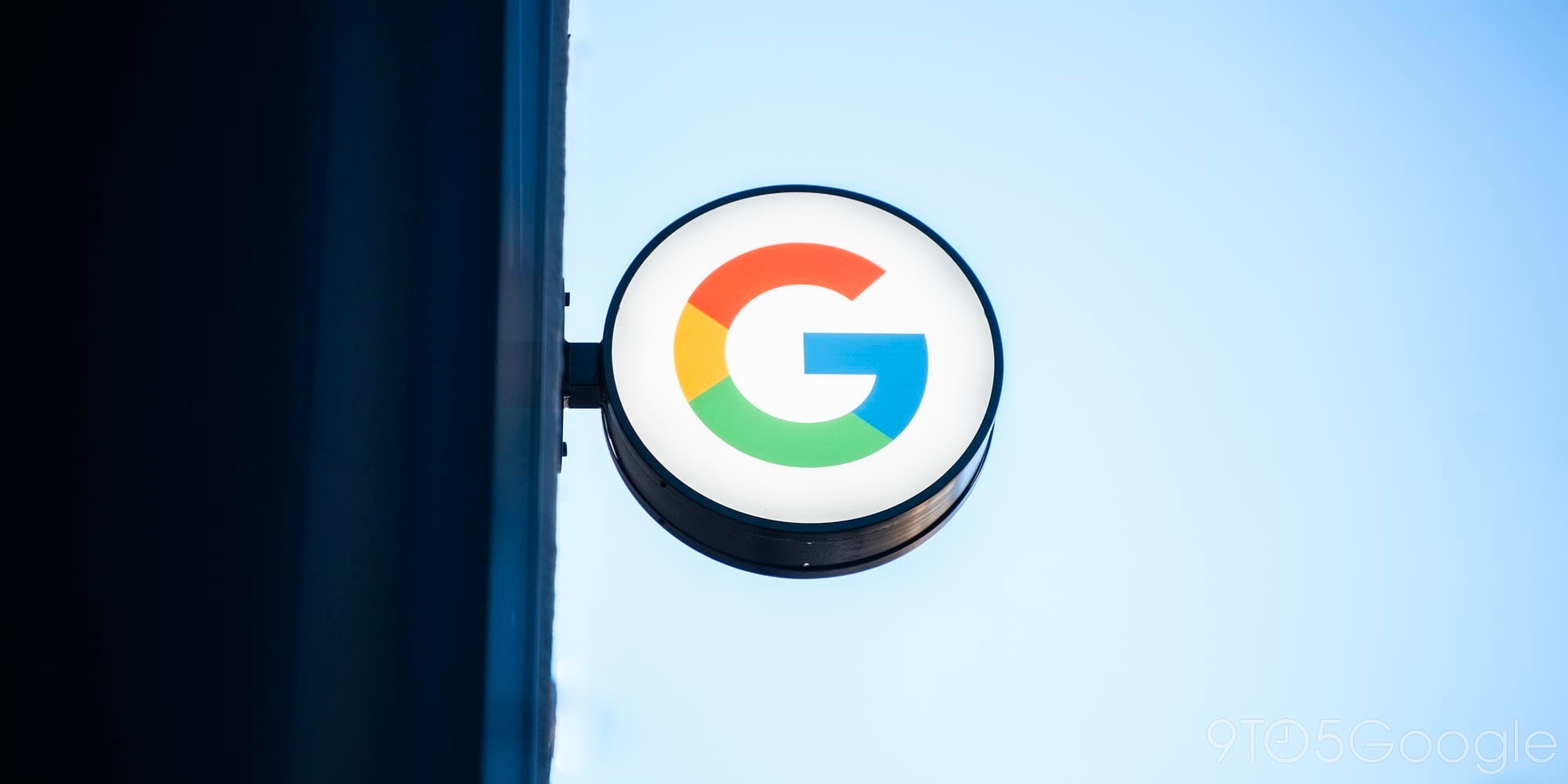
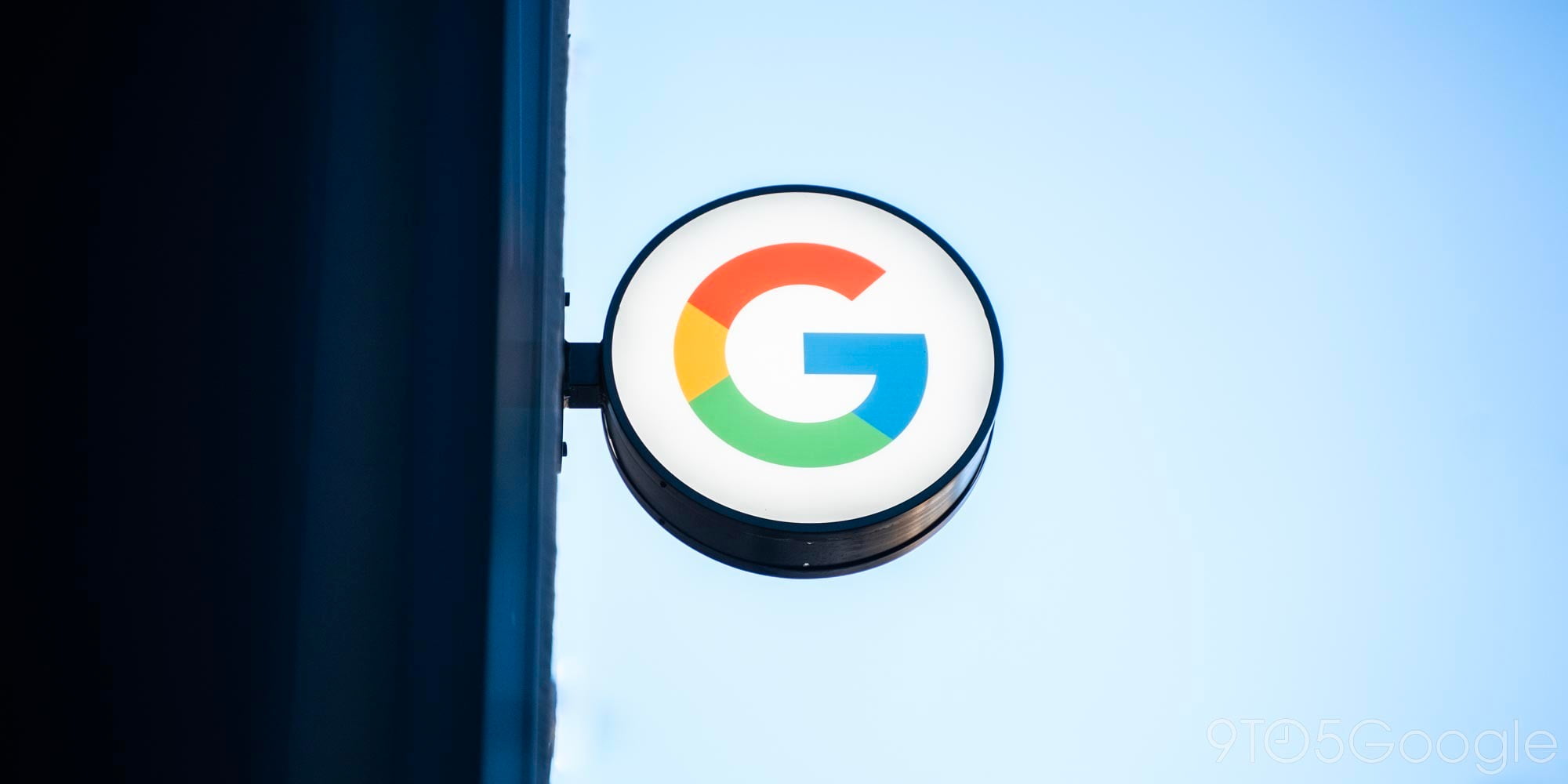

Google Glass has been on the downtrend as of late, but there are still many groups who believe in the product enough to keep developing for it. One of those groups is UK grocer and general retailer Tesco, which has today released its Google Glass shopping app—six months after the company first released a video demoing what the app would be like. While the company has had a prototype working for a while now, Tesco now says that its shopping app is ready for prime time.
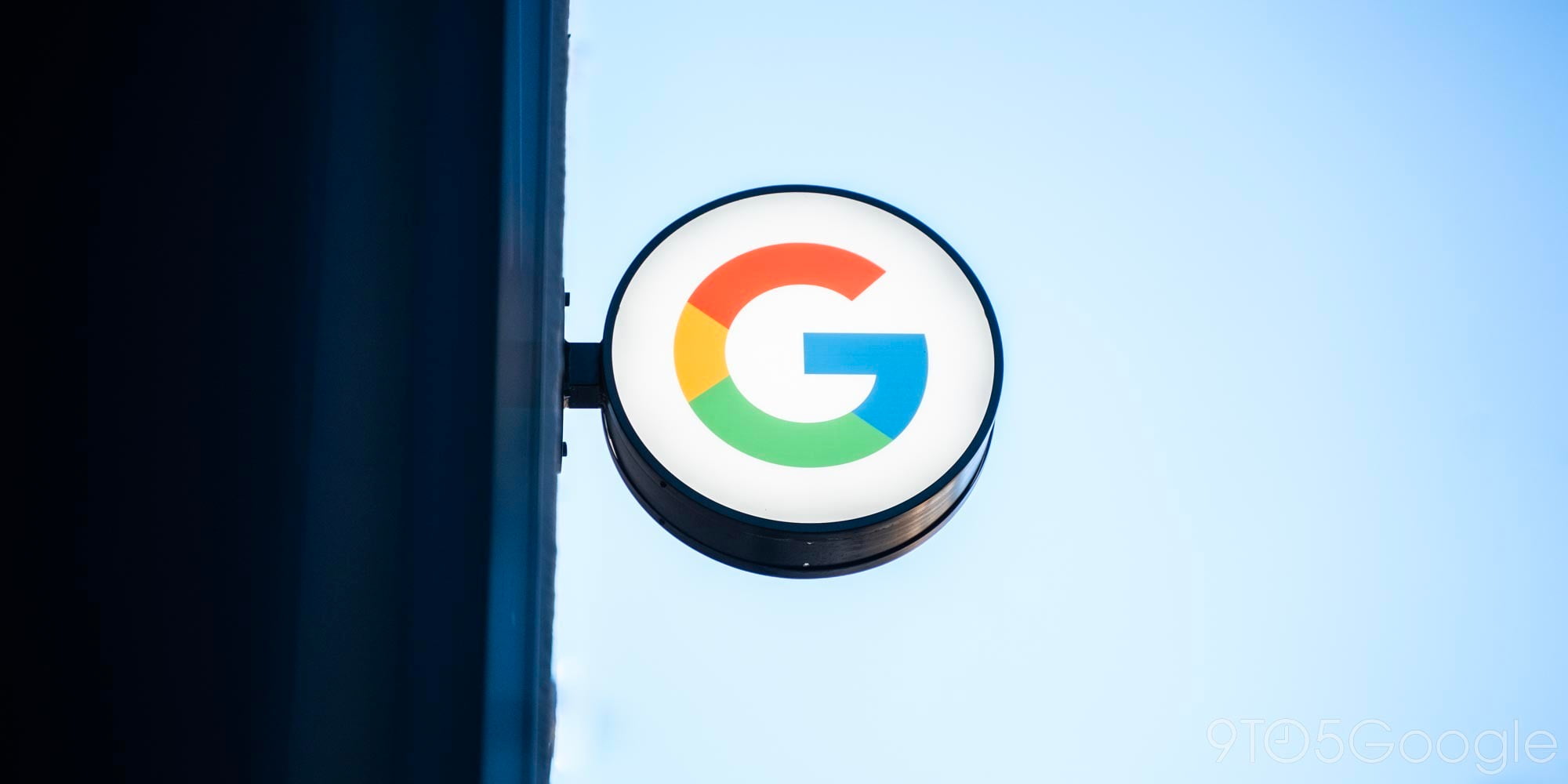

Healthcare seems to be one area in which Google Glass is just irresistibly great. Doctors, after all, aren’t unfamiliar with wearable tech to help them with their job; they already wear stethoscopes on a daily basis. Adding Glass to the mix brings new possibilities for more efficient patient care as well as a better work day for doctors, and Augmedix—one of the first Glass at Work partners—knows more about using Glass in medicine than any other company. Today, Augmedix announced that they’ve scored another $16 million in Series A funding.
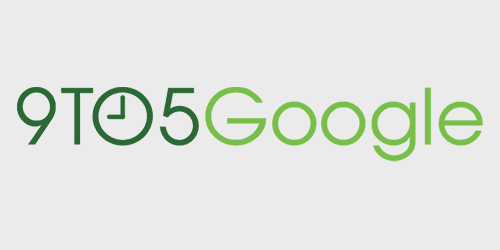
Google might not have an official presence as an exhibitor at CES, but it does have its people on the ground checking out the new products from both its partners and competitors. That includes top Googler Sergey Brin who was spotted in the photo above via +Tim Moore on Google+.
Moore works with Rochester Optical, the company behind the lenses used in the Epson Moverio smart glasses Brin is trying in the photo. Rochester Optical also previously announced plans to build accessories for Google Glass as well, Google’s own smart glasses and competitor to the Epson Moverio BT-200 that launched last year for $699.
Expand
Expanding
Close


Dr. Joseph “Joe” Cohen has been a pediatrician for 15 years, and he saw a need in the medical workplace. Current EMR (electronic medical record) solutions are ridiculously expensive, antiquated, offer little support for pediatrics, and require hours of rigorous training before doctors can use them to efficiently document and organize patient information. Seeing this, Dr. Joe (as his young patients call him) developed a pediatric solution of his own, and deployed an early version in his own practice, Cedar Park Pediatrics, with the added bonus of bringing down the average cost of processing patients from $58 to around $20 per visit.
And while the system is of course platform-agnostic for the most part, Google technologies like Chrome and Glass are a key players in the kiddoEMR product despite downfalls that Dr. Joe says make the current generation of the latter completely impractical for the workplace. The system of course will mostly be interacted with via an in-browser interface on a desktop computer, but Glass provides some robust functionality that would make it a no-brainer for pediatricians. Doctors like Joe, though, need to be able to use their hands, and the old saying that “a picture is worth a thousand words” is especially true when diagnosing patients.
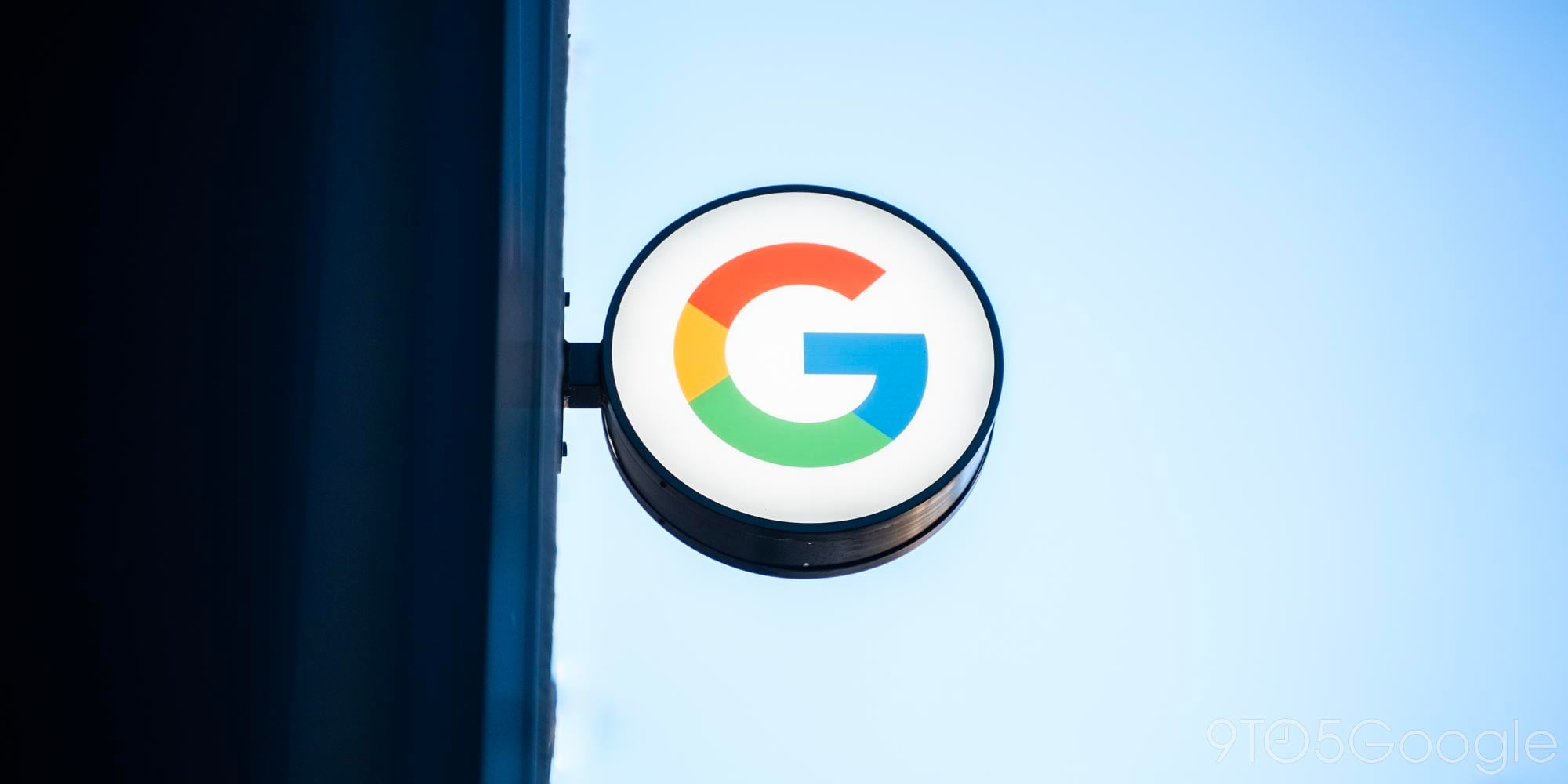

It has been a pretty exciting year for Google in a lot of ways. Android Wear has started to ignite excitement behind the future of wearable technology, the best version of Android ever—dubbed Lollipop—was released, a couple of brand new Nexus devices (one of which we leaked) came to fruition, and the Mountain View corporation’s new Material Design language has taken the Play Store by storm. Everything that was already great was made better in 2014, and the company has been sprinkling a bunch of exciting innovations in along the way to keep things interesting—like the self-driving car, for example.
In 2015, Google is probably going to do much the same. Android “M” (milkshake, maybe?) will likely be unveiled at Google I/O this upcoming summer, we’ll probably see a round of new Nexus hardware come later in the year, Google will likely keep pushing Chromebooks in the affordable segment of the PC market, and Android Wear devices from countless manufacturers will continue to get thinner and have better and better battery life. But Google surely has some drastic innovation planned in a variety of areas, as well, with the potential return of Google Glass on the horizon and the second spiral of Project Ara to be unveiled in a couple of weeks.
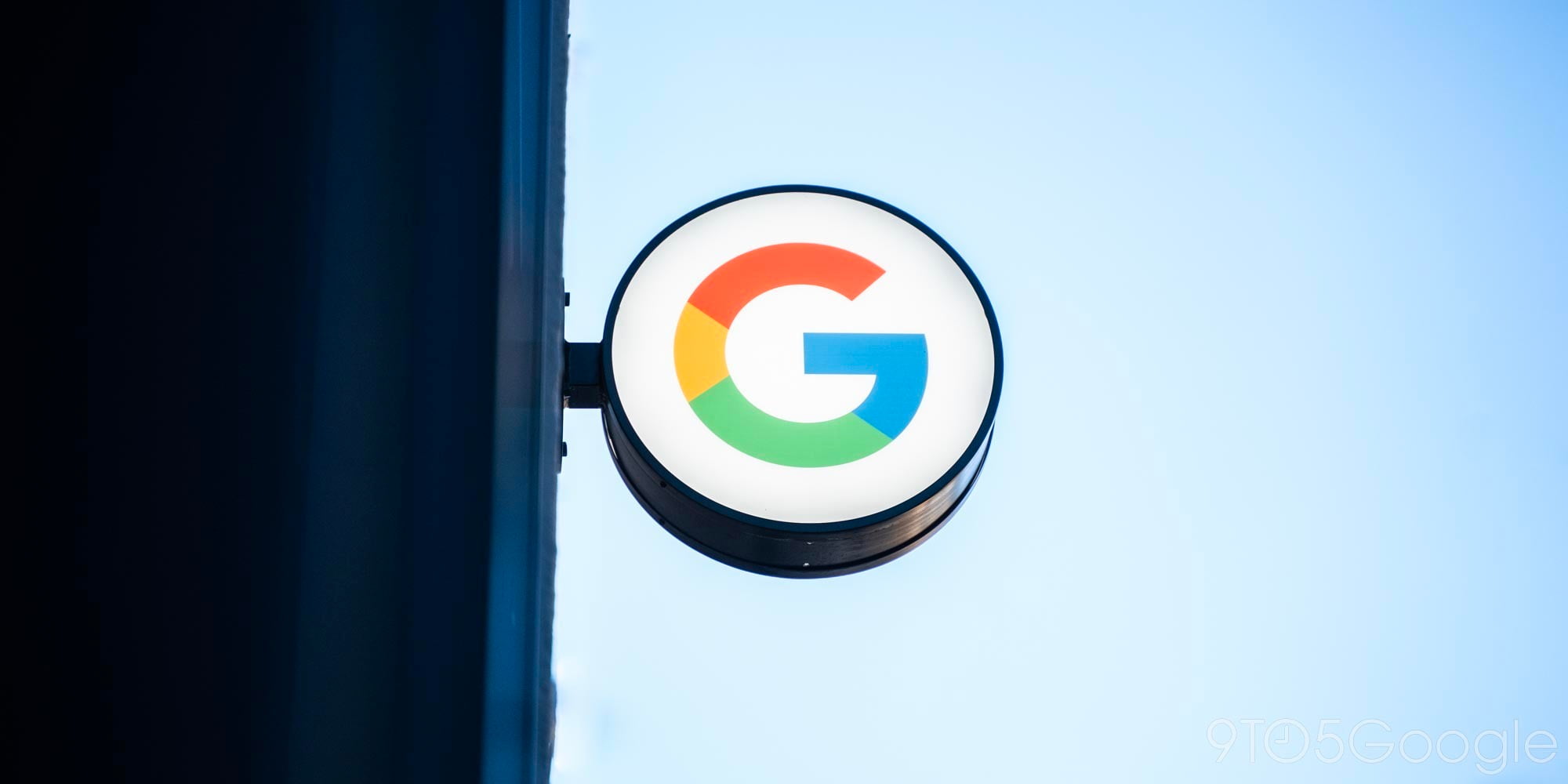

Google Glass may seem to be essentially on the brink of death, but Google focusing on Android Wear for the time being doesn’t necessarily mean that the Mountain View company is done pursuing the area of smart glasses. In fact, Google’s Eric Schmidt recently said that it plans to bring Glass—described as if it’s going to see some kind of 2.0 rebirth—to the consumer market “soon,” but only “when it works.”
Google Glass has most definitely had a hard time capturing the imagination of the public (and the government), been met with countless criticisms thanks to its privacy implications, and generally created an image around itself that has made the device in its current form rather socially unacceptable to wear. But all this aside, Google X “moonshot” head Astro Teller says that it’s only a matter of time before glasses are the portal to our digital world.
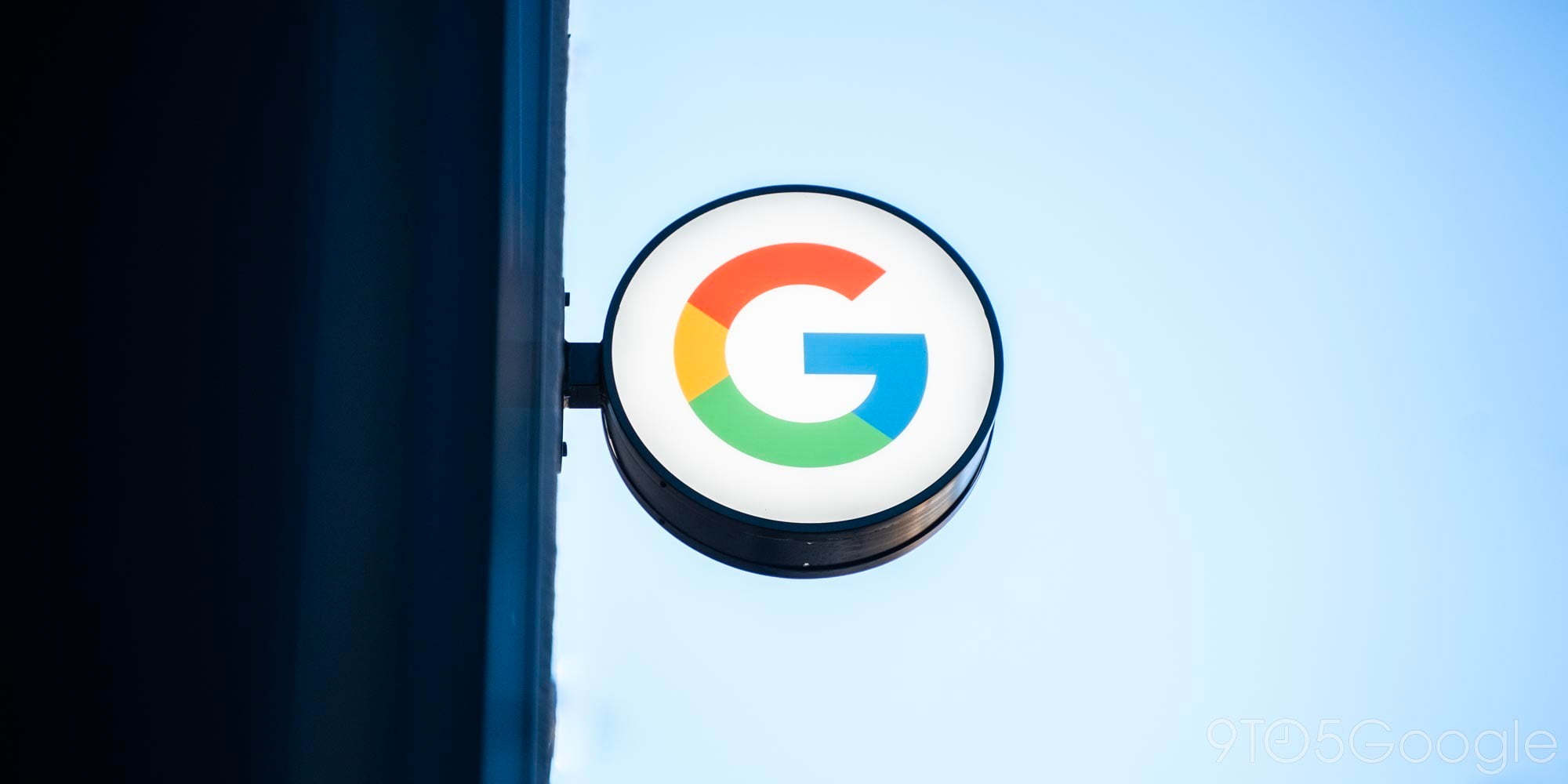
Google Glass has been picking up news a lot more lately, with Google’s Eric Schmidt saying recently that the Mountain View corporation is taking its time bringing the device to a consumer release, and suggesting that when that happens Glass will be some sort of reimagined 2.0 revision. But the fact that Google’s in no rush to release the device’s next version isn’t stopping other companies from continuing to experiment with the technology, namely Kentucky Space, which plans to bring the wearable computer to the International Space Station (via Glass Almanac) as part of a mission launching (literally) next week.
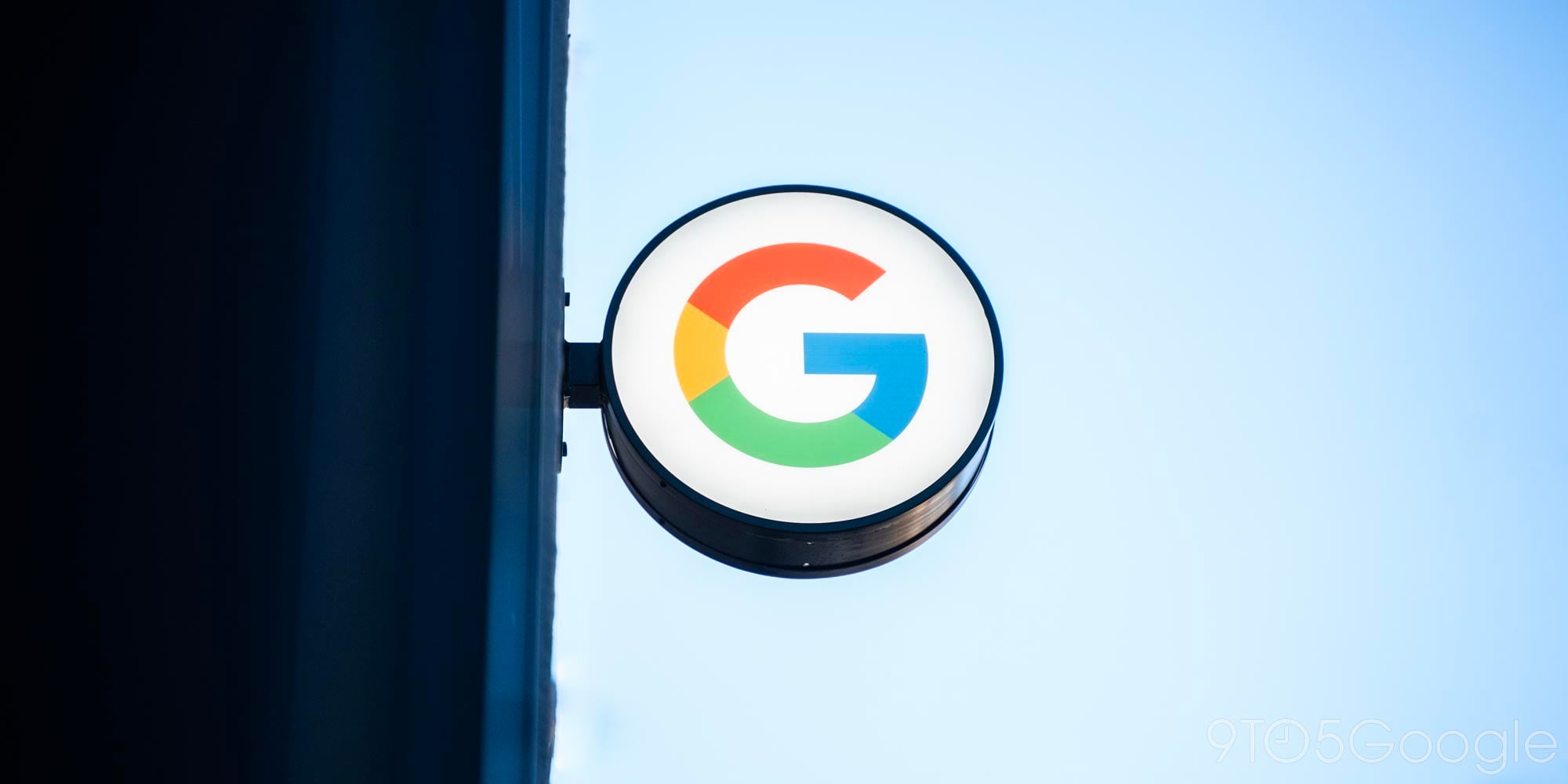

Google Glass may seem to be fading into obscurity, but—especially with recent rumors that it may soon be getting a reboot—I don’t think we should discredit the platform and assume it has been a failed experiment just yet. In fact, Google seems to be focusing on the workplace use cases of the device, as do many of its developers, and today we’ve learned that the people behind one of the most popular pieces of Glassware—LynxFit—are joining one of the “Glass at Work” certified partners: APX Labs.
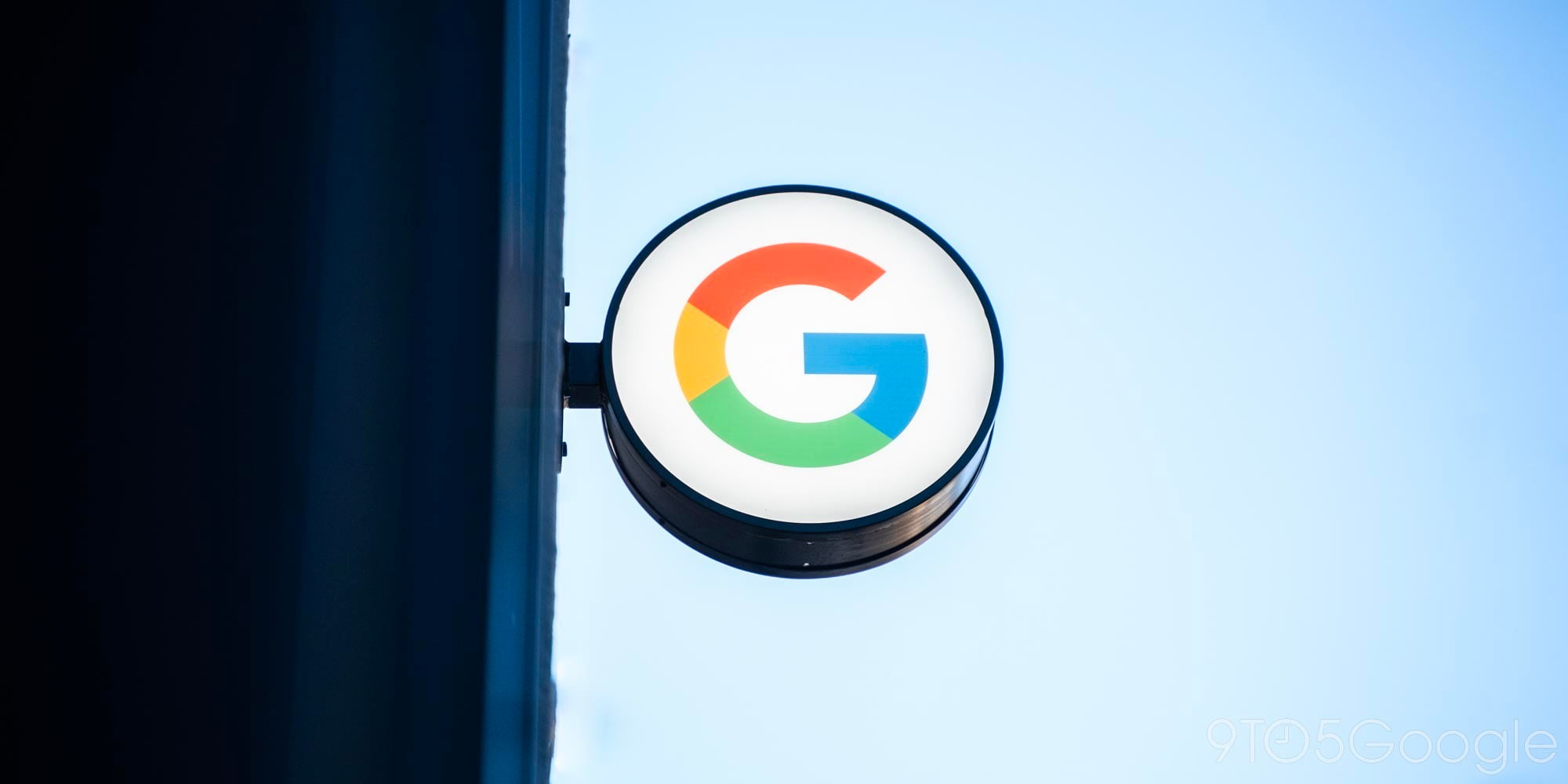

Google Glass in its current form has been on the market for going on two years now, and besides a couple of minor hardware iterations, the hardware—and its huge beta-test $1,500 price tag—has stayed much the same. A couple of different patents have surfaced in the past showing what direction the physical design of the device may be headed, but the latest one (via Quartz) seems the most plausible—and does the best job of not straying too far from the current “Explorer Edition.”


The WSJ reports that Google will be launching a new model of Glass next year, with a new low-energy Intel chip designed to increase battery-life. The processor in the current model model is a Texas Instruments one, the headset battery lasting around one day of typical use.
Intel currently makes its own wearable device, the fashion-oriented MICA bracelet aimed at women, its low-energy chip offering a claimed two days of battery-life …
Expand
Expanding
Close


Google Glass has been used to help people fight hearing loss, but how about blindness? Last year, a Michigan teenager by the name of Ben Yonnatan was diagnosed with retinal dystrophy, which rapidly caused him to lose a major portion of his vision. “Within a few short months, he went to having about a four-degree field of view, which is like looking through a straw,” Yonnatan’s mother, Erin Brown Conroy told Kalamazoo’s WWMT-TV Newschannel 3.


Stroke experts from Memorial Hermann in Houston are using Google Glass at sites of emergencies to test if the wearable can be used to help save time, money and lives. Dr. James Grotta, director of Stroke Research at Memorial Hermann’s Texas Medical Center hospital started using Glass to share critical medical information with the hospital’s staff while responding to 911 calls related to potential stroke victims.


Chardan Capital Markets analyst Jay Srivatsa believes that a combination of two Google investment decisions could signal that the company is planning to take “a different direction” with Google Glass, reports StreetInsider.
Srivatsa noted that Google had decided against further investment in Himax, a company specialising in controllers for conventional head-mounted micro-displays, at the same time as investing in virtual reality startup Magic Leap …
Expand
Expanding
Close


Glass at Work, Google’s program that aims to put hands-free technology in the workplace by way of awesome third-party software, now has 5 new partners. This may not seem like much, but it brings the number of companies part of the program up to 9—effectively doubling it in size and scope. And with the Glass at Work program being one of the places that Glass seems to actually be a useful device, this is quite notable.

[youtube https://www.youtube.com/watch?v=99YyWeqHaBo]
London-based singer FKA (“formerly known as”) twigs is moonlighting as a Google Glass explorer and today the songstress released a new short film aptly named #ThroughGlass. At just over two minutes long, the video has an abstract feel with the artist vogueing and hitting several dance moves while cycling through the high-tech eyewear’s UI.

[youtube=https://www.youtube.com/watch?v=oq1wl5jQO8s]
Google has announced that Glass owners will soon be able to immediately view any notification from their Android phone using a new feature, Notification Sync.
Max sent you a WhatsApp message, marycam81 tagged you in a photo, your Lyft has arrived… these are just some of the reasons for pulling out your phone. You want to know about the things that matter to you, but you don’t want to be distracted by your phone when you could be enjoying the moment.
Today we’re launching Notification Sync on Glass, which means you can see your Android phone app notifications at a glance …
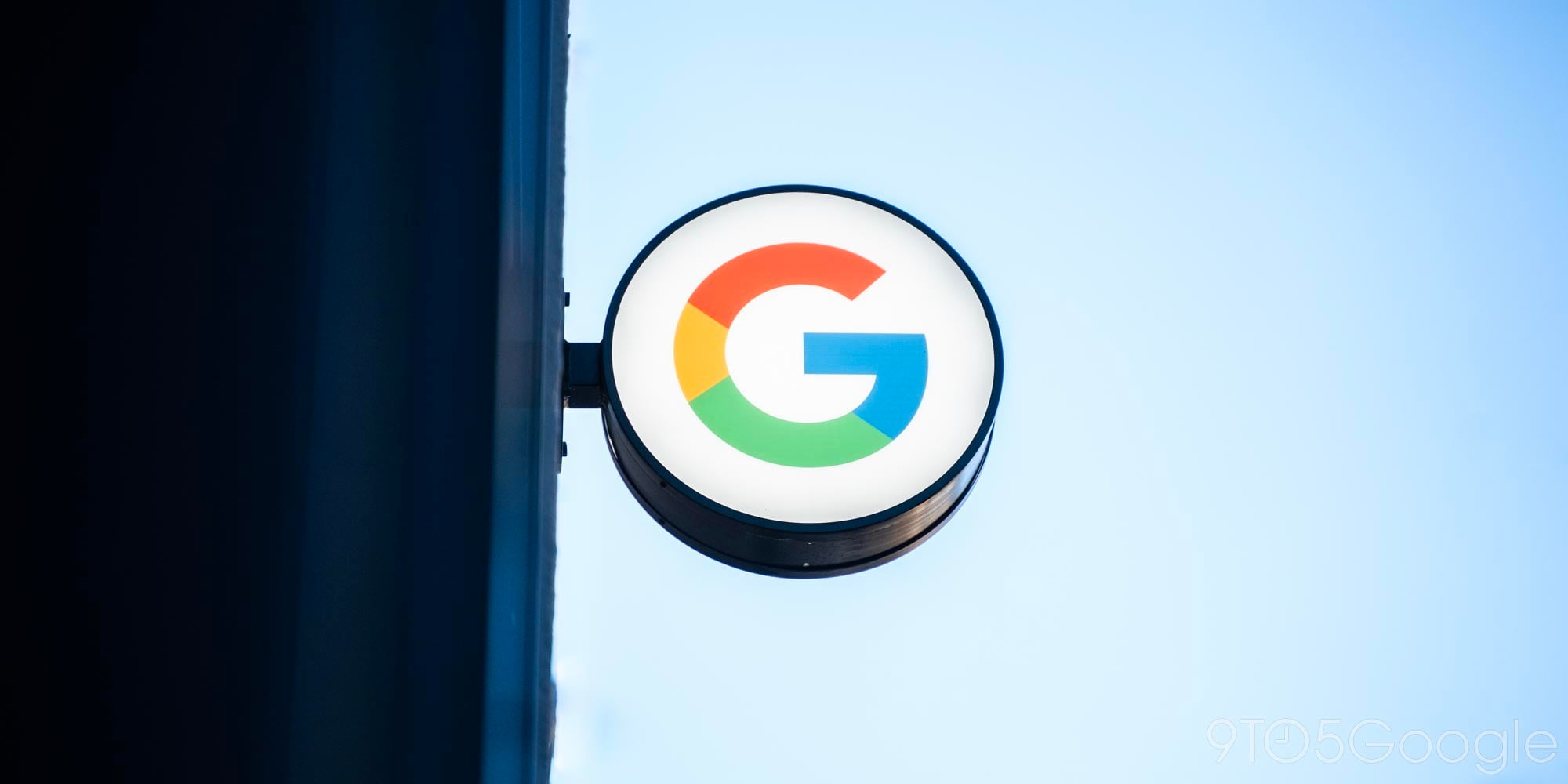

Today, Google announced that it has opened yet another Google Glass Basecamp, this time in London, UK. And while it may seem that Google has definitely put Glass on the back burner with the flurry of Android Wear announcements, this is a comforting reassurance that the Glass project hasn’t been abandoned. You can schedule a visit to the new Basecamp online, where you’re able to register for a “demo,” “try and buy,” a “fitting,” or “support.”

From keeping soldiers safe to assisting doctors during surgery, Google Glass is slowly transitioning from being a cool tech demo to a useful real world tool. Soon to contribute to the wearable’s mainstream appeal is a new text captioning app developed at the Georgia Institute of Technology that transcribes spoken word via a companion Android app.


After a proper pilot program, Dubai police detectives will soon receive Google Glass as standard issued gear. The idea is to pair Mountain View’s wearable computer with facial recognition software developed by the wealthy Arab emirate’s law enforcement to help cops spot bad guys when out in the field. In addition to equipping its gumshoes with high-tech eyewear, Dubai traffic officers will use Glass to track vehicles involved in moving violations.


When you’re trying to assist large numbers of people, all of them in a hurry, having instant access to the information required seems like a good idea – hence the interest in Google Glass being shown by the aviation industry.
Following an earlier trial by Virgin Atlantic at London’s Heathrow airport, customer service staff at Scotland’s Edinburgh airport are now testing the headset, reports Engadget.
Staff will be fed real-time flight information, language translations and information about the local area, allowing them to provide assistance to travellers throughout the airport and not from behind a check-in desk. The airport says it will test Glass until December
While anyone in the US and UK can now buy Glass, the product still has no official launch date. There was, however, a recent clue in revised terms & conditions for Glass suggesting that the headset may be close to launch – and at a lower price than the current $1500.
Image credit: JetBlue


Currently available in the US and UK, Google Glass could soon be on its way to Canada. A Glass explorer recently received a replacement unit and noticed that his wearable was accompanied by a new regulatory informational card for Canada. The bundled literature advised that Google’s wearable had been approved by Industry Canada for use within the country.


With the exception of its highly successful PlayStation 4, many of Sony’s consumer electronic brands have been struggling lately. So it came as a bit of a surprise when the company revealed development plans for its own smart eyewear. Referred to as SmartEyeglass, it almost looks like a leftover set of 3D glasses from Sony’s Bravia TV division, but instead it’s the company’s answer to Google Glass.


Google’s companion app for Google Glass was updated this afternoon on iOS with a few minor changes. The update to MyGlass bumps the app to version 0.8.0 and brings it closer to the generally more capable and more powerful MyGlass Android app.

Pandora Internet Radio is the latest service to bring its product over to the Google Glass world. The music streaming service’s Glassware app came out of their Hack-a-thon from earlier in the spring, Pandora says, and was good enough to share with Google and ship.
The Pandora Radio app for Google Glass gives users access to stations with the ability to control them with voice commands or the touchpad. Pandora says the voice commands allow you to select existing stations or even create new stations. Actions including music controls like play and pause require using the touchpad; favoriting and dismissing a track also requires using the touchpad for now.
Users can find the Pandora Internet Radio app on the Google’s Glassware section, and Pandora has more instructions below:
Expand
Expanding
Close